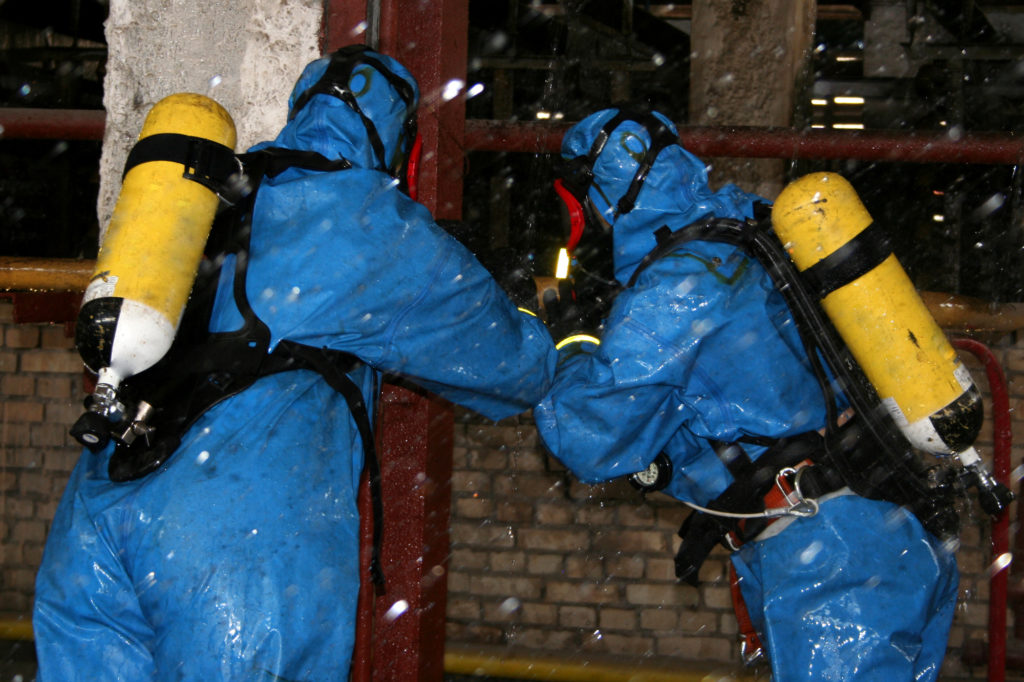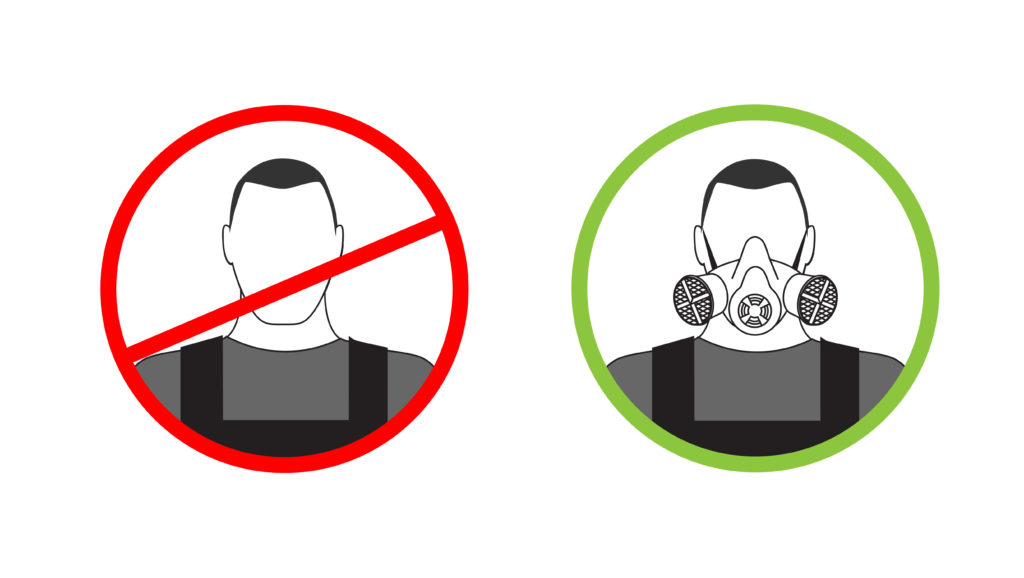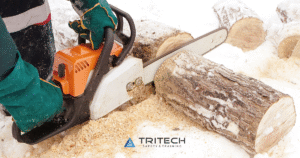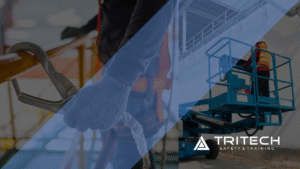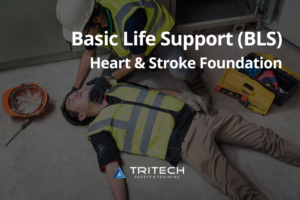Very Real Risks
Many respiratory diseases are almost exclusively caused by workplace exposures, including silicosis, asbestosis, byssinosis, and chronic beryllium disease.
- There are currently approximately 12,000 deaths each year in the UK due to occupational respiratory diseases, about two-thirds of which were due to asbestos-related diseases or COPD.
- In Ontario, COPD prevalence increased by almost 65% between 1996 and 2007, and individuals with COPD account for one-fifth to one-third of all health care services used. The impact on individuals and on society, owing to reduced productivity and increased demands on the health care system, is substantial.
Respiratory Protection
- Respirators protect workers by preventing exposures to harmful airborne chemical and biological agents.
- However, a respirator that is not used properly will fail to provide adequate protection, and may even cause certain hazardous conditions.
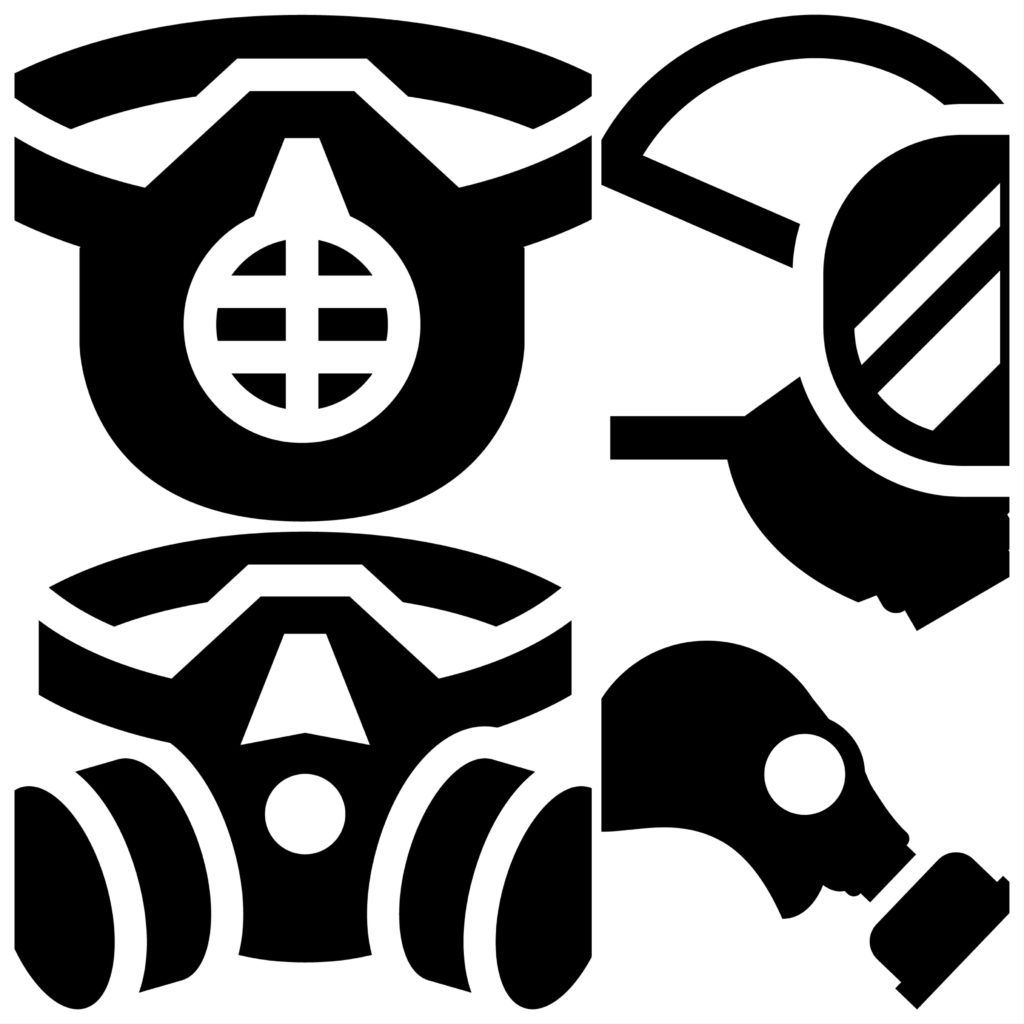 Types of Protection:
Types of Protection:
• Dust Masks
• Air-Purifying Respirators
• Atmosphere-Supplying Respirators
Types of Respirators
• Tight Fitting Respirators.
• Loose Fitting PAPR- (Powered Air Purifying Respirator)
Classes of Respirators
• Positive Pressure Respirator- When inhaling, the pressure inside the respirator is kept higher than outside the respirator.
• Negative Pressure Respirator- When inhaling, the pressure inside the respirator is less than outside the respirator.
Tight Fitting Respirators:
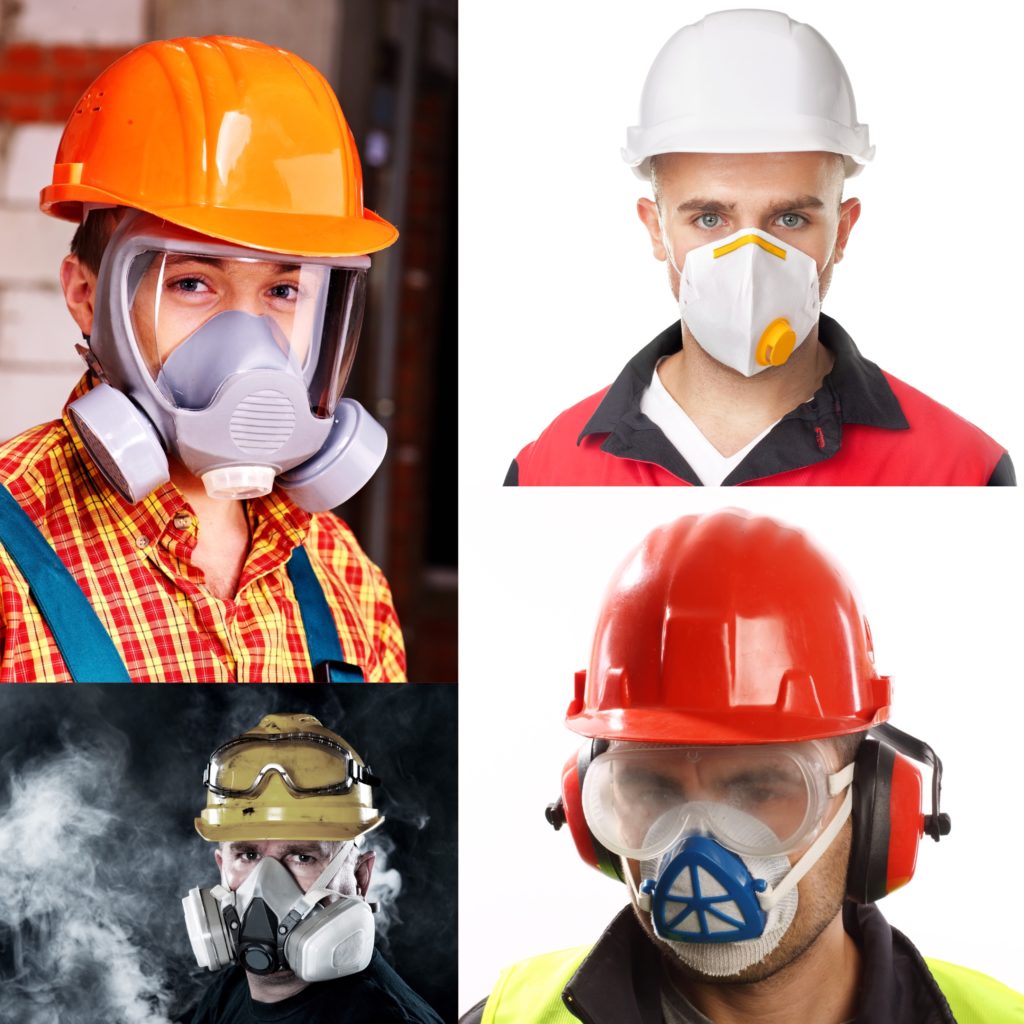
Half-Face Cartridge Respirator
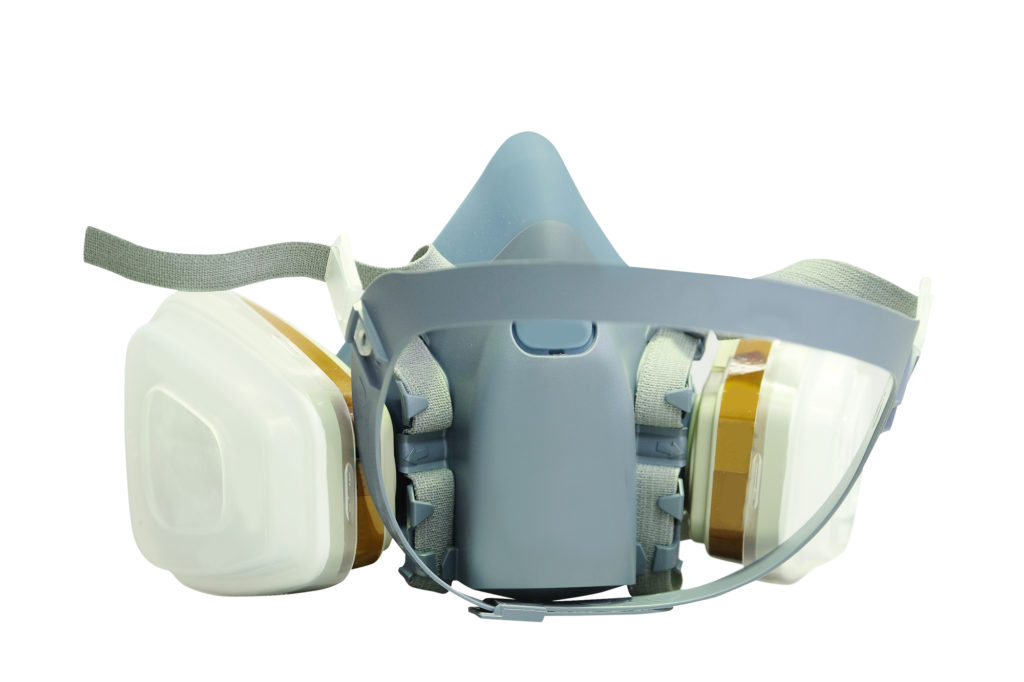
• These can be used for protection against gases, vapors, or particulates.
• Cartridges contain a filtering and/or adsorbing media that removes contaminants from the air. Thus the type of cartridge is selected based on the anticipated contaminant(s) in the work environment.
• Cartridges attach to the respirator inlets, so air entering the face-piece is purified before it is inhaled by the respirator wearer.
• On the front of the mask is an exhalation outlet with a one-way valve that
allows air to leave the face-piece.
Full-Face Cartridge Respirator
Full face-piece respirators are used when a higher level of respiratory
protection is needed, or when protection of the eyes and face is important.
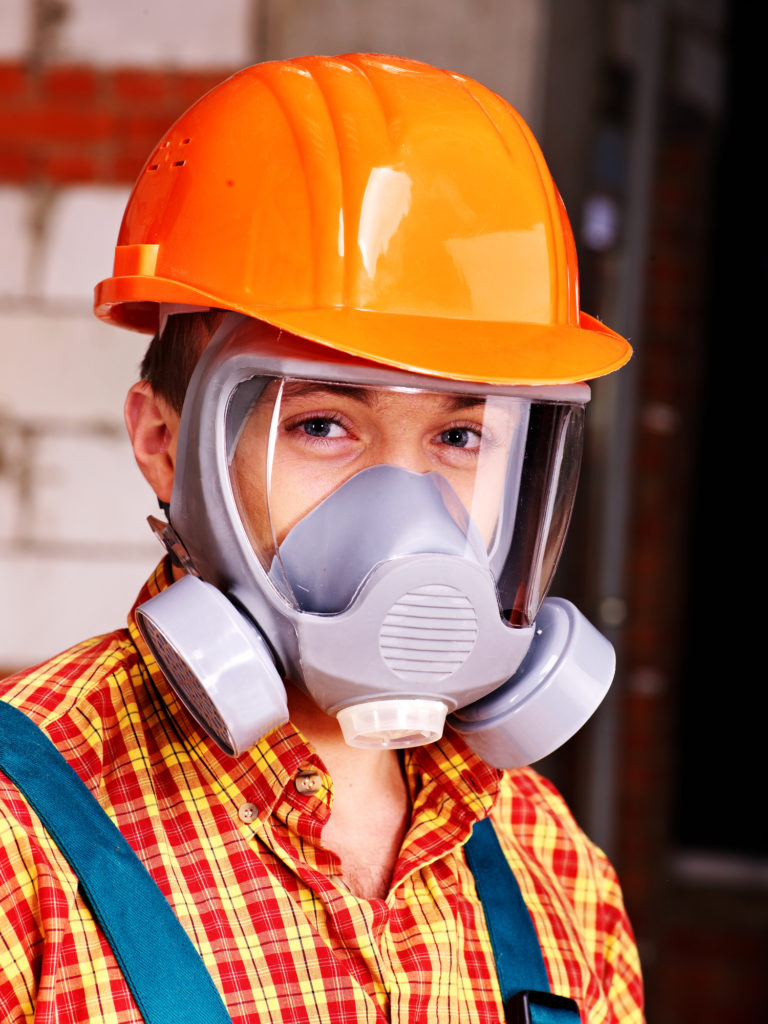
Disposable Filtering Face-piece Respirators
• Filtering face-piece respirators are intended to protect against particles, although some models may contain an activated charcoal media to control odors or vapors; however, this type of respirator is not recommended if you have potential exposure to gases or vapors.
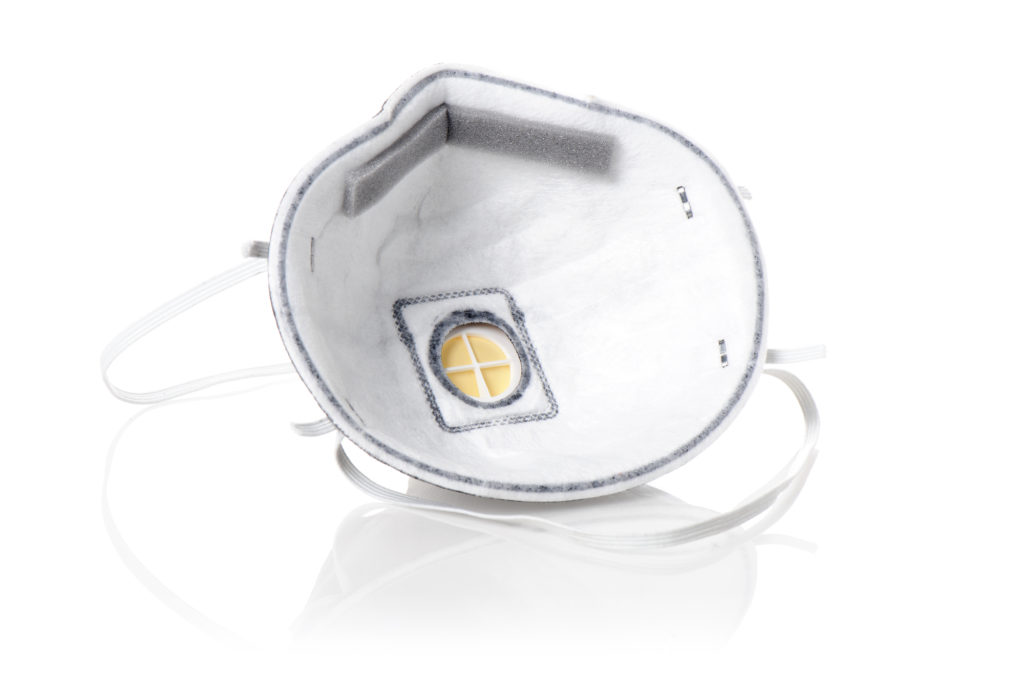
Oil-resistance is indicated by N, R, or P:
• “N” means that the respirator is not resistant to oil
• “R” is more resistant to oil
• “P” is most resistant, and is often considered “oil-proof”
N-95 is the minimum level of efficiency that is acceptable for protection against hazardous particulates:
• Respirators with greater filtration efficiency are available (e.g. N-97 and N-100, R-97 and R-100, P-97 and P-100)
• An N -, R-, or P-100 filter is also called a High-Efficiency Particulate Air (HEPA) filter because it is nearly 100% effective at filtering test particles
N-95 or higher disposable respirators are effective for hazard reduction when working with infectious agents:
• Greater levels of protection might be required for specific agents or protocols.
Eye and face protection can be worn with disposable filtering facepiece respirators:
• E.g. goggles and/or face shield worn with disposable respirator in Biosafety Level 3 facilities
“Canister” Respirators
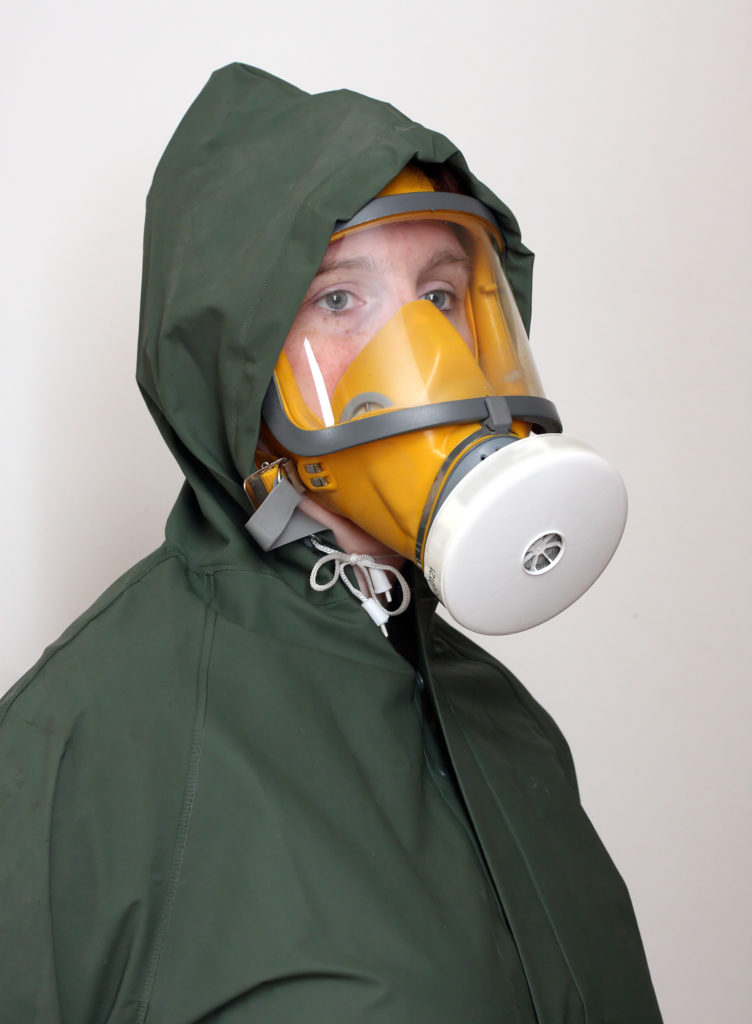
Canisters are sometimes used instead of cartridges for gas and vapor respirators, because more sorbent material can fit in a canister
These tend to be heavier than cartridge-using APRs, and are not widely used in some countries
Loose Fitting PAPR Hood:
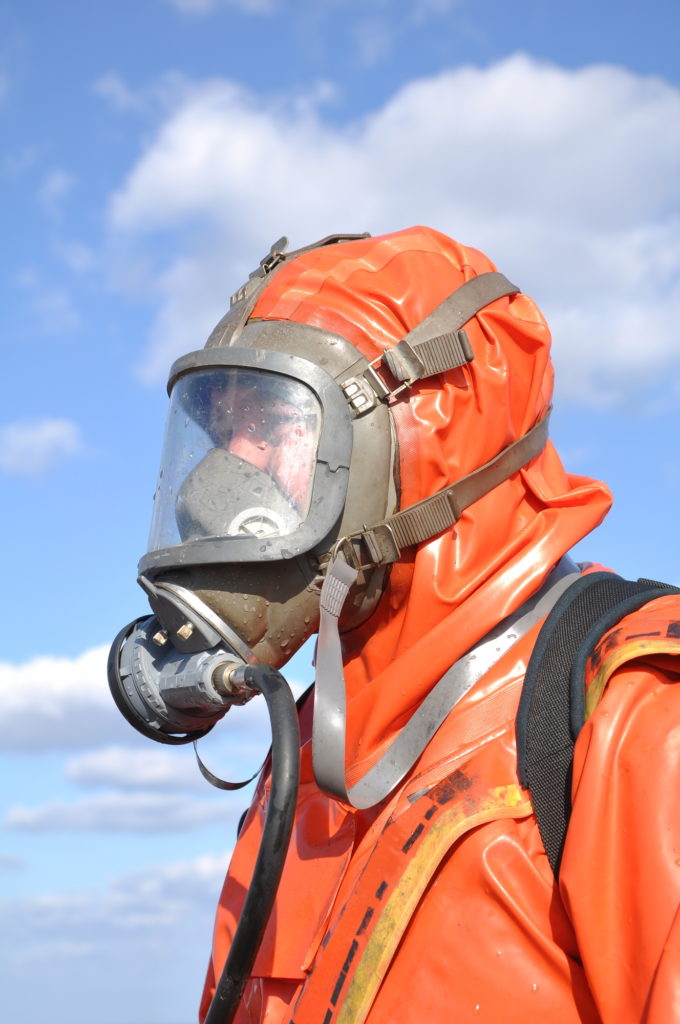
Powered Air Purifying Respirator Hood
PAPRs are useful for work environments where traditional full face-piece respirators are not acceptable.
Example: if the work environment is hot with high humidity the traditional full face-piece respirator might fog up.
Loose Fitting PAPR Helmet:
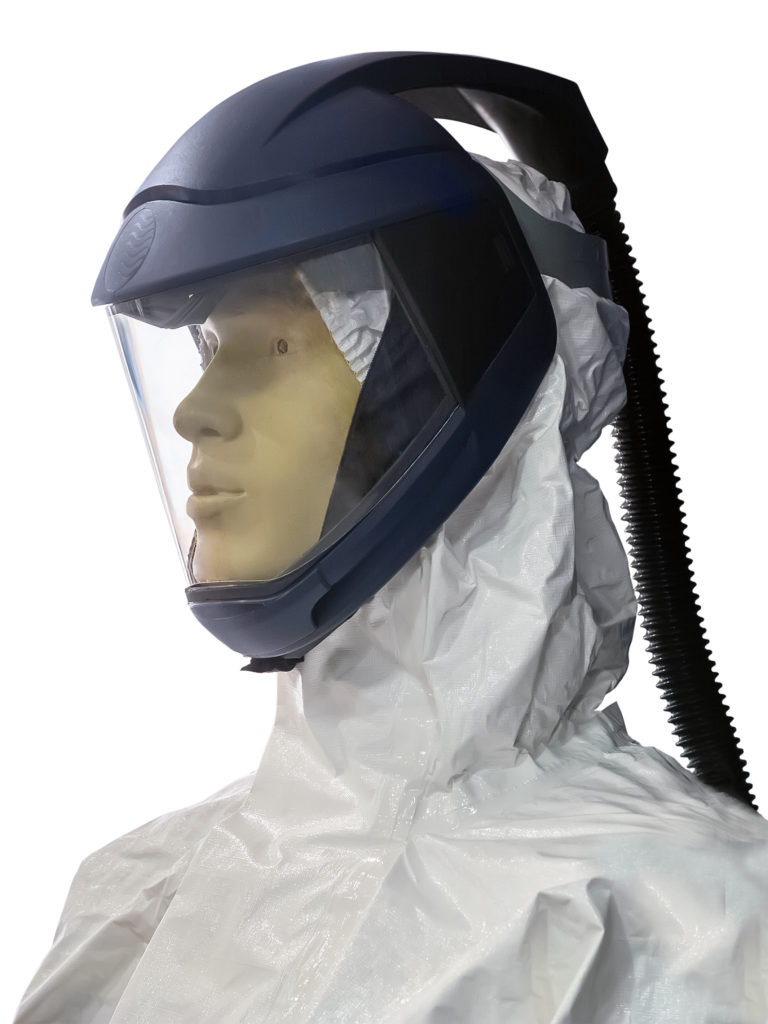
Powered Air Purifying Respirator Helmet
Air is circulated through the helmet to provide a cooling effect & reduces fog.
Positive Pressure Respirator
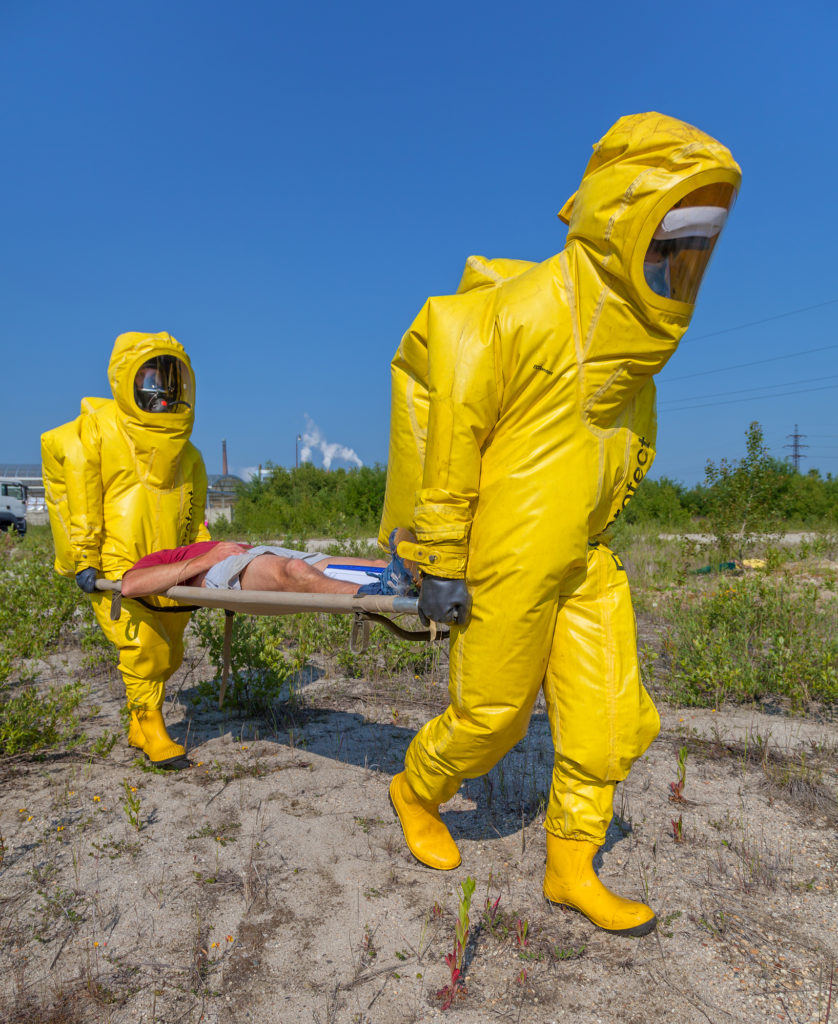
PAPR-Powered Air- Purifying Respirators- Cannot be used in IDLH atmospheres.
Atmosphere Supplying Respirators
Atmosphere Supplying Respirators can be used in atmospheres where the hazard is unknown or IDLH.
